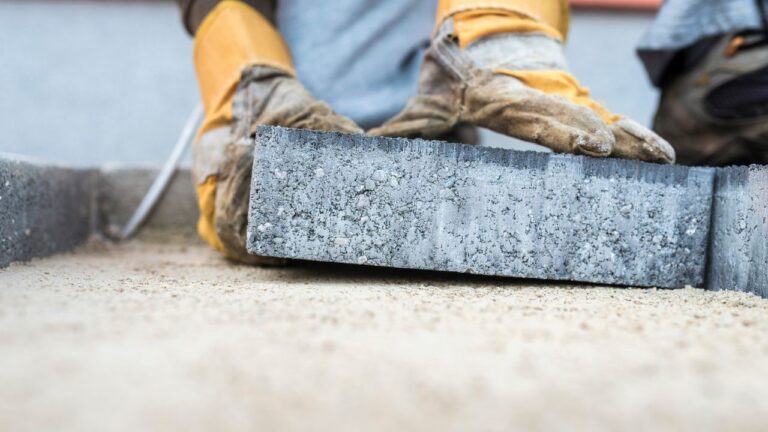Improving Circulation in Your Feet and Legs
The circulatory system pumps blood and oxygen to every body part, nourishing the muscles and tissues and carrying away waste products. Good circulation is part of a diabetic foot care routine, preventing medical conditions like varicose veins, peripheral vascular disease, and poor wound healing. Foot and leg circulation problems can lead to difficult-to-heal skin ulcers and infections that can lead to amputation. Below are the ways of improving circulation in your feet and legs:
Engage in Regular Exercises
High-intensity workouts, including interval training and weightlifting, can increase blood flow and strengthen muscles. Physical activity boosts your heart rate, promotes healthy blood flow, and improves the circulatory system. During exercise, your muscles demand more oxygen delivered by the blood. A high demand stimulates circulation, and oxygen and nutrients are distributed throughout your body.
Walking, swimming, biking, and yoga encourage blood flow to your lower extremities. Calf raises, ankle pumps, and leg lifts while sitting in a chair engage the different muscles and can improve circulation. Regular activities can also maintain a healthy weight, supporting good circulation by reducing pressure on your veins.
Wear Proper Footwear
Look for correctly fitting shoes that can offer ample cushioning and support. Avoid tight-fitting shoes and high heels, as they can restrict blood flow and increase inflammation in the feet and ankles. Limit shoes that squish your feet and limit circulation.
Compression socks, stockings, or sleeves may apply pressure to your lower legs, maintaining blood flow and reducing discomfort and swelling. These are sometimes recommended as part of diabetic foot care. They can exert steady pressure on the legs and feet, improving circulation and preventing swelling.
The right shoes can increase your comfort level and foot health if you stand or walk for long periods of time. They should have ample room in the toe box, good arch support, and a comfortable sole for shock absorption. Diabetic footwear can reduce the risk of foot ulcers and other complications that hinder circulation.
Elevate Your Legs
Elevate your legs regularly by sitting with your feet up or lying down with your legs above your heart. This can improve circulation and prevent blood from pooling in your feet and lower legs. Elevation relies on gravity to aid blood flow back towards your heart, reducing pressure on your veins and decreasing swelling in your lower extremities.
Lie down on a flat surface and raise your legs above the level of your heart. Use pillows or a wedge to support your legs when sitting or sleeping. This position can reduce swelling or any discomfort you experience after a long day of standing.
Manage and Treat Foot Problems
Regular foot self-examinations can identify any potential issues early on. Look for changes in color, temperature, or swelling, as well as any cuts, blisters, or sores that don’t seem to heal. Get treatment when you notice foot problems such as blisters, cuts, or ingrown toenails.
Foot problems like corns, bunions, or fungal infections can cause discomfort and severe complications, hindering blood circulation. Follow proper foot hygiene, like daily washing and drying, to prevent common foot problems. Wear clean, dry socks and change them daily.
Medication can treat lower cholesterol levels, preventing plaque buildup in the arteries and improving circulation. They can control high blood pressure and diabetes foot care and regulate blood sugar levels, preventing damage to your blood vessels.
Eat Quality Foods
A balanced diet can prevent damage to your blood vessels and promote better blood flow. Consume a balanced diet comprising fruits and vegetables to improve blood flow and circulation. It can reduce inflammation in the arteries and maintain good blood flow.
Include fiber-rich foods in your diet, like whole grains and legumes. These can manage your blood sugar levels and stabilize circulation. Limit your intake of processed, high-sodium, and saturated fats, which can lead to buildup in the arteries, restricting blood flow and causing circulatory issues. Reduce unhealthy habits like smoking and excessive alcohol consumption. These habits may narrow blood vessels and restrict blood flow, leading to poor circulation.
Visit a Diabetic Foot Care Professional Today
Improving circulation in your feet and legs can maintain good health and prevent medical complications. Engage in good diabetic foot care habits to improve your health and well-being. Embrace good lifestyle practices and medication to improve foot and leg circulation. If you experience any issues, seek help from a professional foot doctor.


